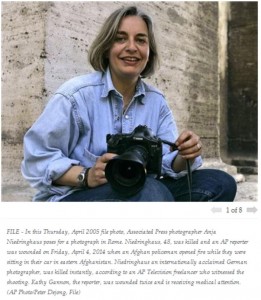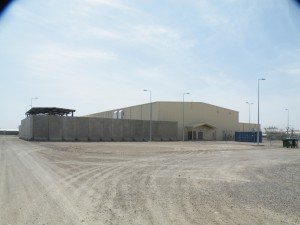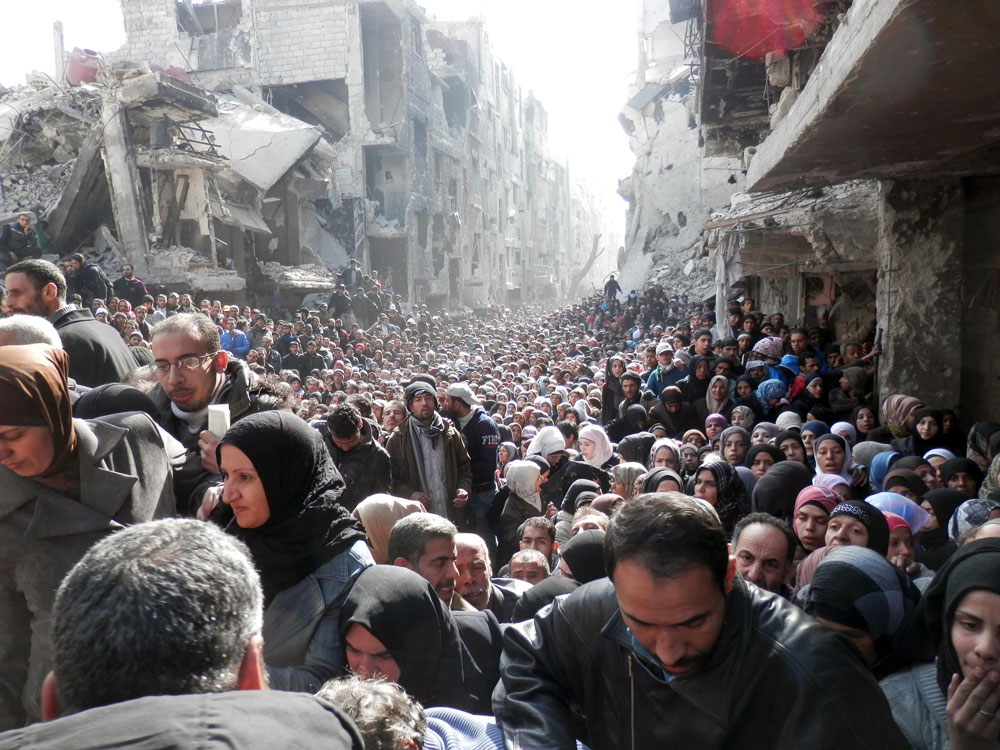High Urban Turnout, No Major Violence, But How Successful Was Afghan Election?
With no catastrophic attacks taking place and reports of over 7 million people voting, on first impressions it would appear that Afghanistan’s presidential election on Saturday was a resounding success. Digging a bit deeper, though, reveals disturbing evidence of hundreds of violent incidents that received little attention and large areas of the country where the electorate was too scared of the Taliban to vote. Another large cautionary note is that the slow rate of vote counting means that it will be a long time before there can be any meaningful analysis of the extent of vote-stuffing. Further, the US goal of a new president clearing the way to a signed Bilateral Security Agreement is likely to be put off further, as any runoff will not happen until late May, which could well be past the point at which the US will have to decide if it will invoke the zero option and withdraw all troops from the country at the end of the year.
The New York Times gives us the rosy version of the voting:
After enduring months of Taliban attacks and days of security clampdowns, Afghans reveled Sunday in the apparent success of the weekend’s presidential election, as officials offered the first solid indications that the vote had far exceeded expectations.
Two senior officials from the Independent Election Commission said the authorities supervising the collection of ballots in tallying centers had counted between seven million and 7.5 million total ballots, indicating that about 60 percent of the 12 million eligible voters had taken part in the election. The officials spoke on the condition of anonymity because results will not be released for weeks.
Even this report, though, cautions that fraud could still be a problem and will take time to detect:
Afghan election observers backed up the numbers offered by election officials, as did Western diplomats, though the latter struck a more cautious tone. But both said that some votes would invariably be thrown out because of fraud.
The question was how many, and whether Afghanistan would see a repeat of the 2009 election, which was marred by widespread ballot stuffing and other fraud. Turnout that year was about 38 percent, though some estimates put it lower. The memory of what happened that year still hovers here, giving many reason to hesitate before declaring this weekend’s vote an unqualified success.
It took days for the full extent of the problems with the 2009 election to emerge, and the ensuing political crisis lasted months, souring relations between President Karzai and the United States, embittering many Afghans and helping fuel a Taliban insurgency that was gaining momentum.
But the claims of no large attacks overshadowed the news that there were actually hundreds of attacks aimed at the voting:
The anti-government armed militants carried out 690 attacks across the country during the presidential and provincial council elections on Saturday.
Defense ministry spokesman, Gen. Zahir Azimi said Saturday that the attacks by militants included direct fire, rocket attacks, improvised explosive device (IED) attacks and suicide attacks.
/snip/
Azimi also added that 164 militants were killed and 82 others were injured during the attacks while Afghan army soldiers seized various types of weapons belonging to the assailant militants.
He said at least 7 Afghan national army soldiers were martyred and 45 others were injured during these attacks.
That Khaama Press account did not cite figures on civilian deaths or injuries, but this Reuters article does note some civilian deaths: Read more →





